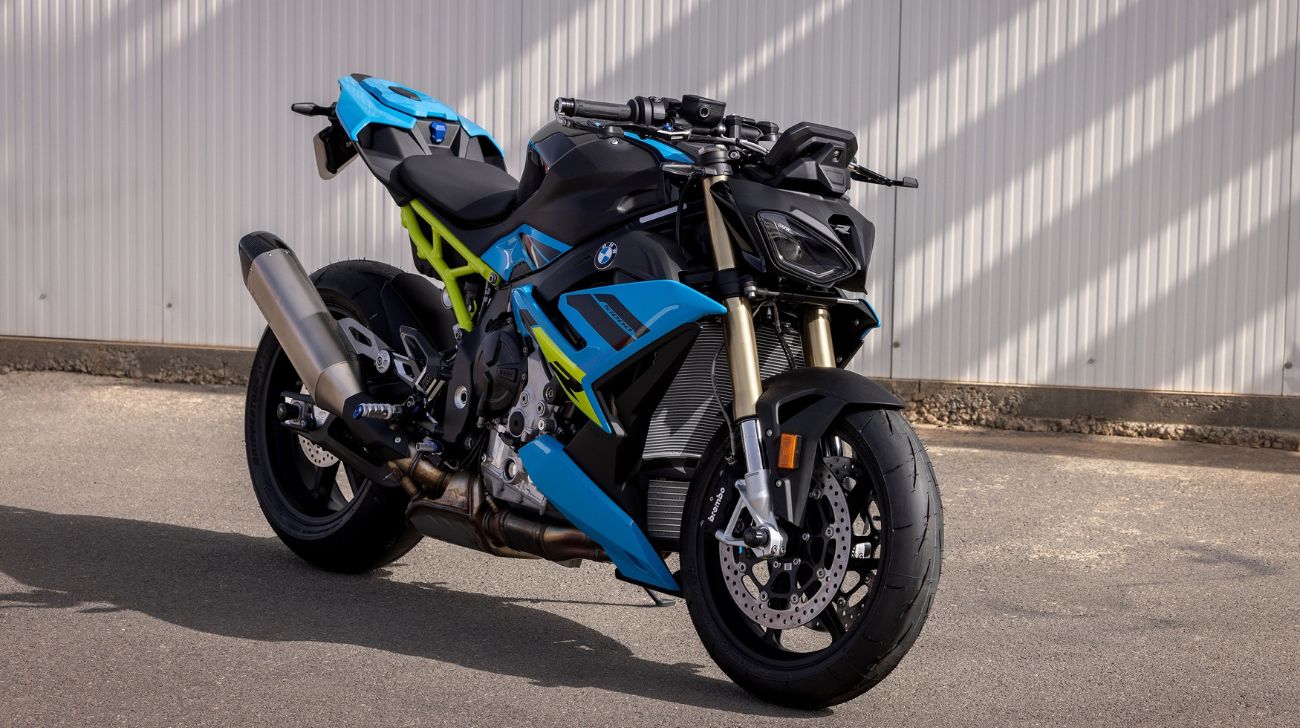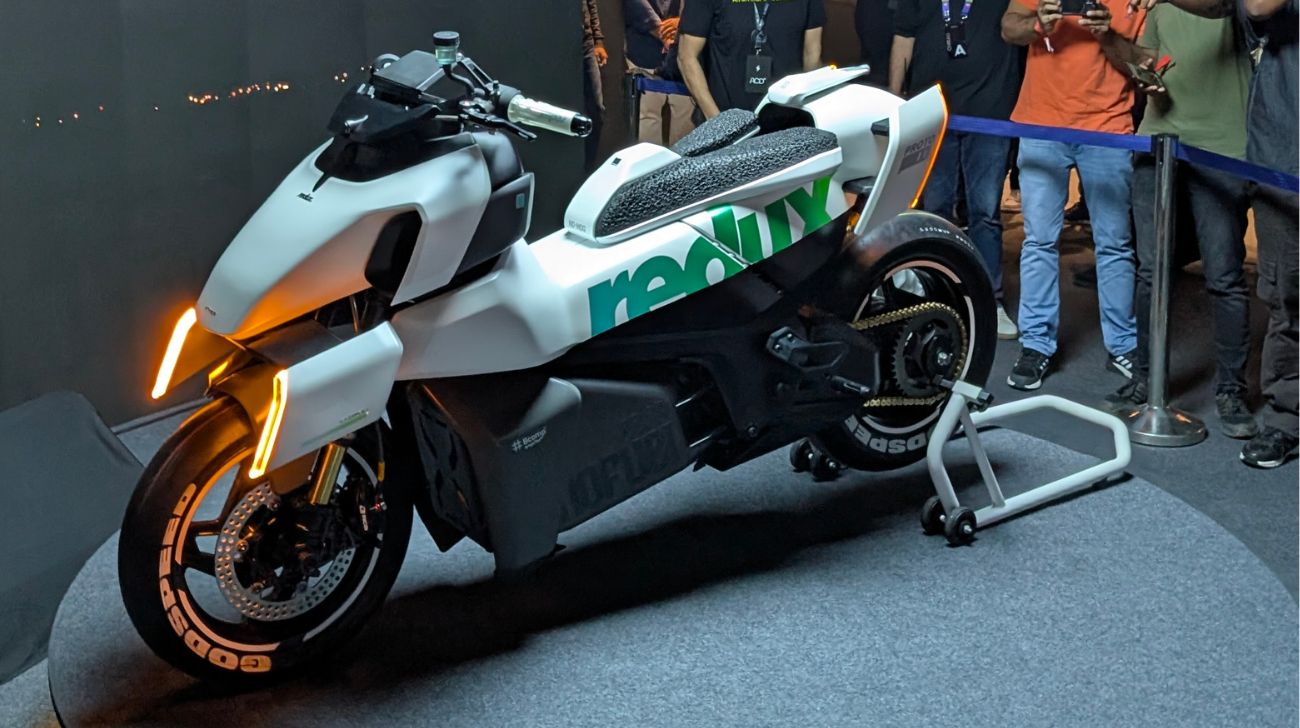China's auto industry is heating up with competition between the US giant Tesla and homegrown tech leader Xiaomi. As the world's largest car and electric vehicle (EV) market, China is a battleground for manufacturers.
Xiaomi, known for its smartphones and electronics, has entered the electric car market with the SU7. Notably, Xiaomi is a young company even if we compare it to an established tech brand, but it has already seen strong initial demand for the SU7, with over 88,000 pre-orders in the first 24 hours according to Reuters.
How does It compare to the Tesla Model 3?
Dimension and Design
While the SU7's name might be more fitting for an SUV, the car itself is a sleek sedan. The car's design has drawn comparisons to the McLaren 765LT and the upcoming Sony Afeela. I admit I am intrigued by the looks of it which looks happier than the new sharper Tesla. The funny thing is SU7 top variants also sport a LIDAR hump on its head reminiscent of taxis.
Though, compared to the direct competitor the dimensions of the SU7 are almost as big as Model S rather than Model 3. Xiaomi's car is 11 inches longer than the Model 3. To be more precise the latest 4-door saloon stands 4997mm in length, 1963mm in width, and 1445mm in height.
Interiors
Xiaomi and Tesla have a panoramic glass roof and both of them won't let you put your head out unless you break it. We agree that Xioami the interiors are ‘Human Centric’, it has physical buttons and stalks, unlike Tesla's.
In addition to it, the SU7 also features a 16.1-inch 3K central console, a 56-inch HUD head-up display, and a digital instrument cluster. On the other hand, Tesla Model 3 only has a 15.4-inch centre screen on the front and an 8-inch climate controls touch screen on the rear, yeah that's it. In comparison, Tesla feels less premium by the looks of it and far too minimal.
Performance
SU7's electric motors are given unconventional names like Hypermotor V6, V6s, and V8. The most powerful Hypermotor V8 version arrives in 2025 and boasts a carbon-sleeved rotor with a mindboggling 35,000 RPM.
The SU7 Max with a Hypermotor V6s also claims impressive performance, 0-100kmph in just 2.78 secs. This dual motor setup produces 369hp and 500Nm of torque. The single-motor SU7 (base model) mated with Hypermotor V6 puts out 295hp and 400Nm of torque.
Compared to Tesla RWD base variants churns out 245hp of power and 310Nm of torque. Unfortunately, we do not have official data on the latest performance variant Model 3 Ludicrous. This could also achieve sub-3-second 0-100kmph acceleration.
Nonetheless, the current Model 3 top-spec Long-range AWD produces 366kW(480 hp) of power and 493Nm of torque. Still, it falls behind Xioami SU7, 0-100kmph takes a minimum of 4.1 secs.
Range and beyond
The newcomer Xiaomi boasts an extensive range for the SU7. The base model claims a minimum range of 700 kilometers, with higher trims reaching up to 800 kilometers. Whereas Tesla only has a claimed range of 438kmonthe base RWD and a better 549km claimed range with the AWD LR variant. This is where Tesla falls short by miles this also can be the major selling point for Xioami if they can achieve these claims.
Xiaomi CEO Lei Jun is “Confident in the SU7's performance, stating it outperforms the Model 3 in most specifications. He acknowledges areas where Tesla still leads, but believes Xiaomi can catch up within a few years”. That said China has a wide charging infrastructure and for now Tesla’s Supercharger network is superior to Xiaomi.
The first deliveries of the SU7 are expected in late April. Production is ramping up quickly, with a new car coming off the assembly line every 76 seconds according to the contract with BIAC. BIAC group based in Beijing also manufactures EVs for Mercedes and Hyundai.
Prices
Xiaomi is reportedly selling the base model of the SU7 at a loss to compete effectively. The base Xiaomi SU7 is also priced four thousand dollars lower than the Tesla Model 3, which is 215,900 Yuan (INR 24.89 lakh) and 245,900 Yuan (INR 28.34 lakh) respectively. The top model of Tesla Model 3 costs 285,900 Yuan (INR 32.96 lakh) whereas the Xiaomi SU7 costs slightly more at 299,900 Yuan (INR 34.57 lakh) in China.











